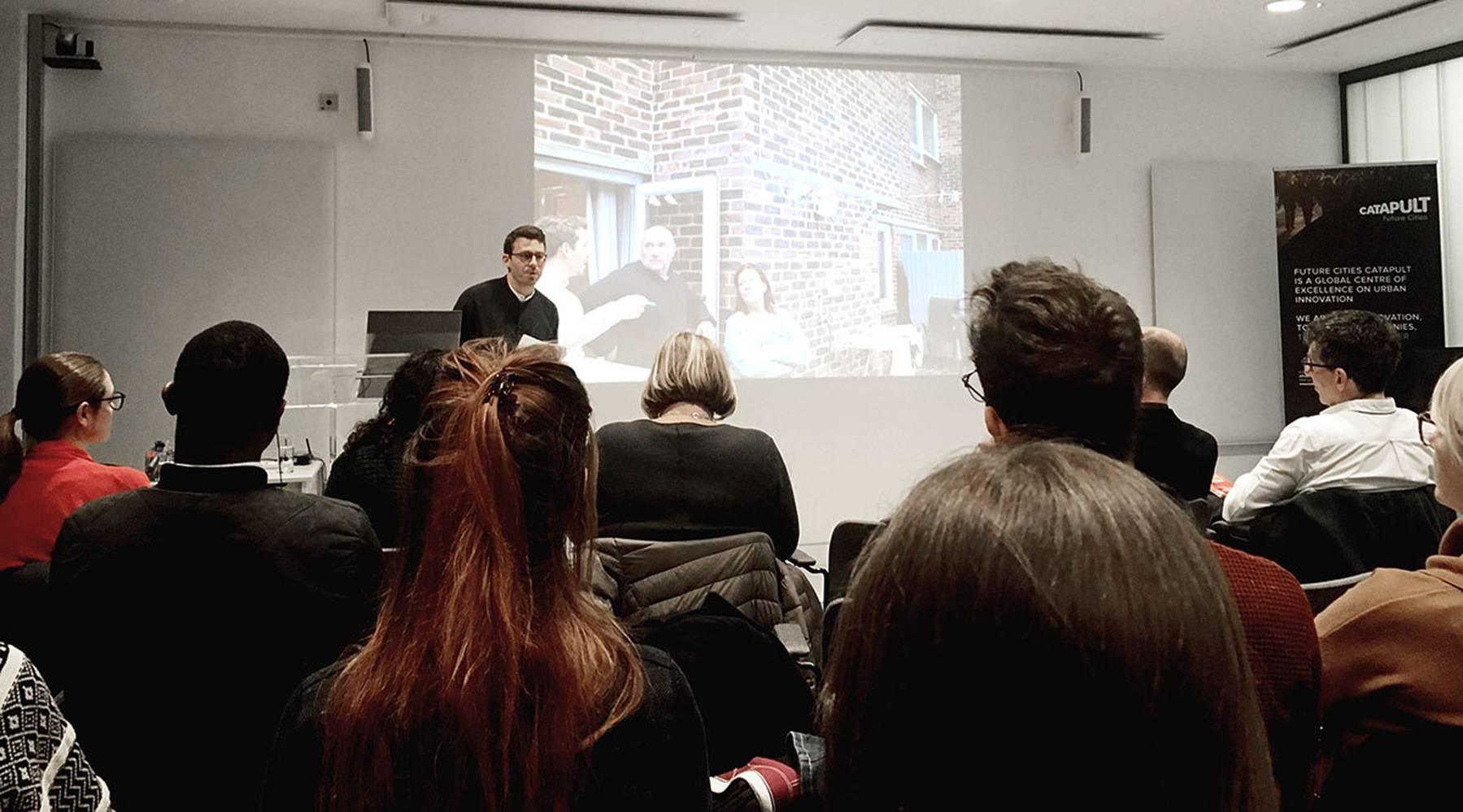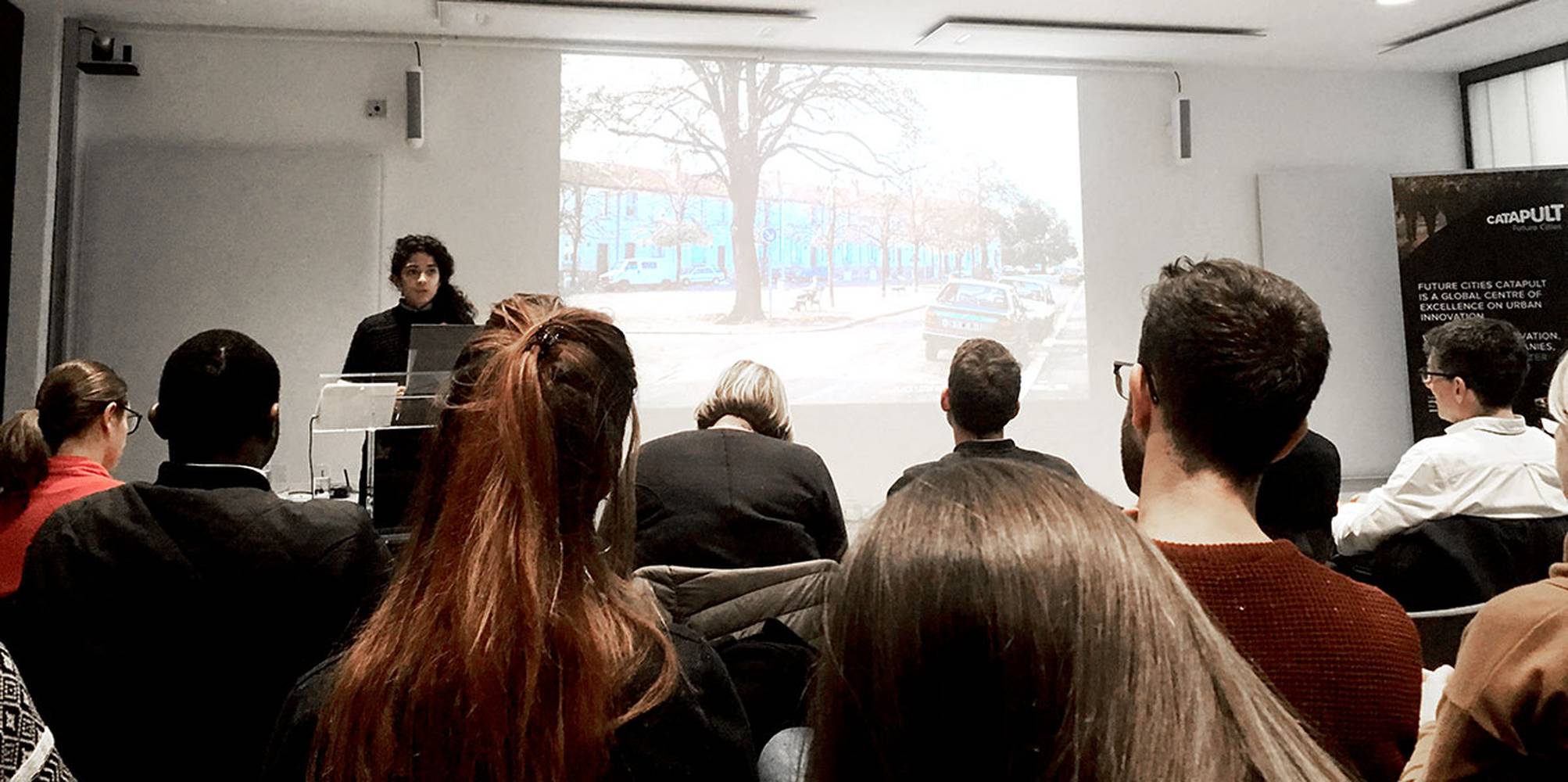Does user involvement create better designs? MoA Debate Part 1
February 2017
By Ione Braddick
On Monday evening (27th February) the Museum of Architecture held a debate at the Future Cities Catapult, on whether user involvement creates better designs. Archio Director Kyle Buchanan spoke at the event along with other panel members Robert Sakula (Ash Sakula), Dieter Kleiner (RCKA) and Carolina Caicedo (The Decorators). Following ten minutes talks from each of the panel, a lively debate with insightful audience questions followed, chaired by Hilary Satchwell (Tibbalds).
The first two speakers, Robert and Dieter, argued for the motion, whilst the second two speakers, Carolina and Kyle, were given the devil's advocate task of arguing against. But rather than a simplified debate on whether the speakers were 'for' or 'against' user involvement, a thoughtful and discerning discussion ensued on the benefits, challenges, processes and outcomes of user engagement in relation to design.
Robert began by noting the requirement in the design process to absorb as much information about the site, place and community as possible. Calling this 'loitering with intent', he described how useful and crucial it was to be told stories, understand local information, and overhear tidbits of information when around a site. He described the benefit of user engagement as a mind-expanding exercise to gain different perspectives with which to design with and on behalf of.
Dieter strongly argued that the two key points of user engagement were to identify opportunities (for all) that might not otherwise be found, and to increase the sense of ownership by a community of the project. But whilst people power and public backing can do so much in an architectural and built context, user engagement, and getting past the first layer to build trust, crucially takes time.
Carolina argued that user involvement only creates better design, if you change meaning of 'design'. She took the view that architects should be up-scaling what the community is already informally doing, and that traditional consultation methods have serious limitations. With consultation often taking place in one event at one time, getting a broad cross-section of community is difficult. However, putting on an eventwiththe community, rather than simply for them, can help to build networks and create longer term designs.
Kyle reviewed the role of user engagement in housing design, which can be a difficult task as the end user is often not available or known. In particular Kyle discussed Archio's role in our London Community Land Trust project, where engagement is key to the client and the project, so much so that the local community voted for the architect. Kyle noted that a fundamental role of the architect here is one of a negotiator and facilitator, helping to importantly understand people's interests behind the positions they take. He argued that a key aspect was to build empathy and to understand these different interests, however that the architect had to take a holistic view of the project to coordinate these with other aspects of finance, delivery, and design outcome.
Hilary rounded up the talks noting that the focus had been on the importance of hearing stories, building trust, the limitations of traditional consultation, design process versus outcome, compatibility with delivery and people's capacity and desire to be consulted. For the debate and questions which followed, see our next blog post 'Part 2: Museum of Architecture debate - Does user involvement create better designs?'



